The Jaguar XJ220 came out swinging in the early ’90s with looks straight out of a sci-fi sketchbook and performance numbers that still hold up. But for a car that was once the fastest production machine in the world, it’s rarely mentioned in the same breath as the F40 or the McLaren F1. It had the right ingredients—low-slung design, twin turbos, and a racing pedigree—yet somehow drifted into the background. This isn’t just another British car; this was Jaguar taking a wild shot at supercar glory. Here’s why the XJ220 still deserves a serious second look.
Born From Group B Ambitions
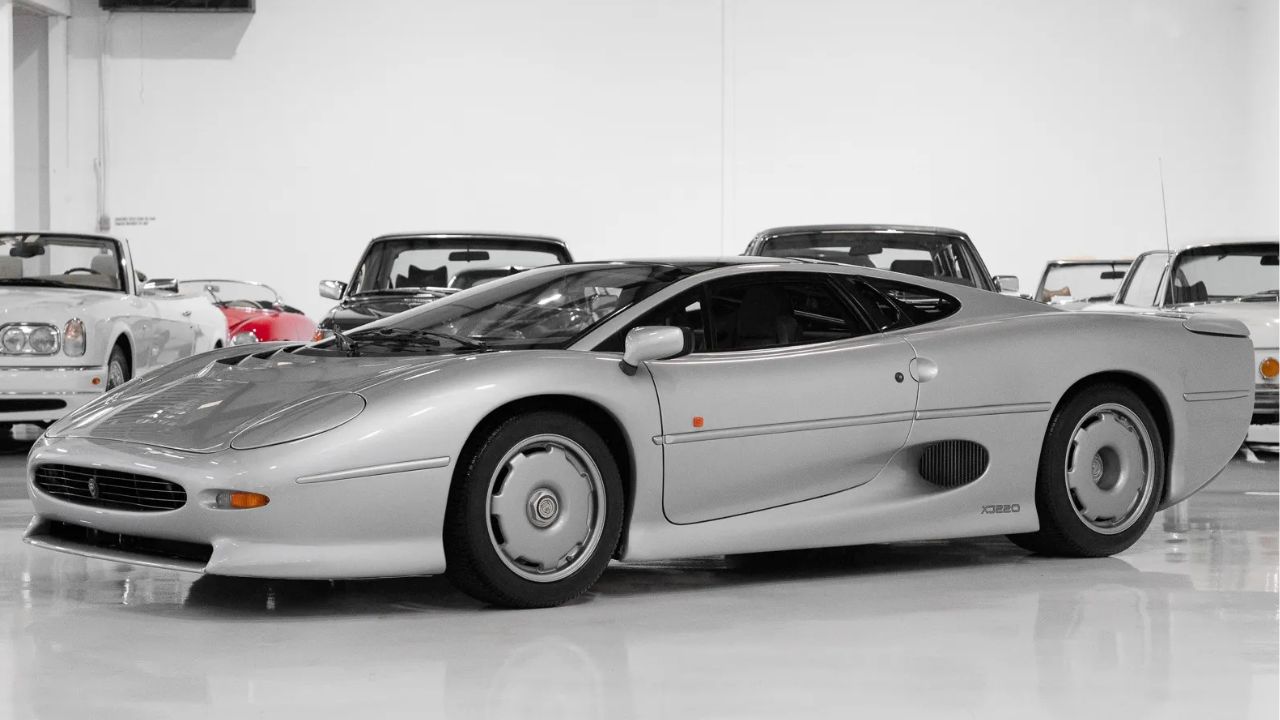
The XJ220 traces its roots to Jaguar’s experimental Group B rally efforts, though the series folded before the idea took off. What remained was a team of engineers at JaguarSport who weren’t ready to let the project die. The XJ220 began as a moonshot—a side project brought to life after hours by a group known as the “Saturday Club.” It wasn’t about market strategy or sales forecasts. It was built out of raw passion, something you could still feel when you looked at its final form.
Originally envisioned with a V12 and all-wheel drive, the early prototypes were far more extreme than what actually hit production. But even after the compromises, the XJ220 still came out as one of the most outrageous cars Jaguar ever built.
A V6 That Stirred Controversy
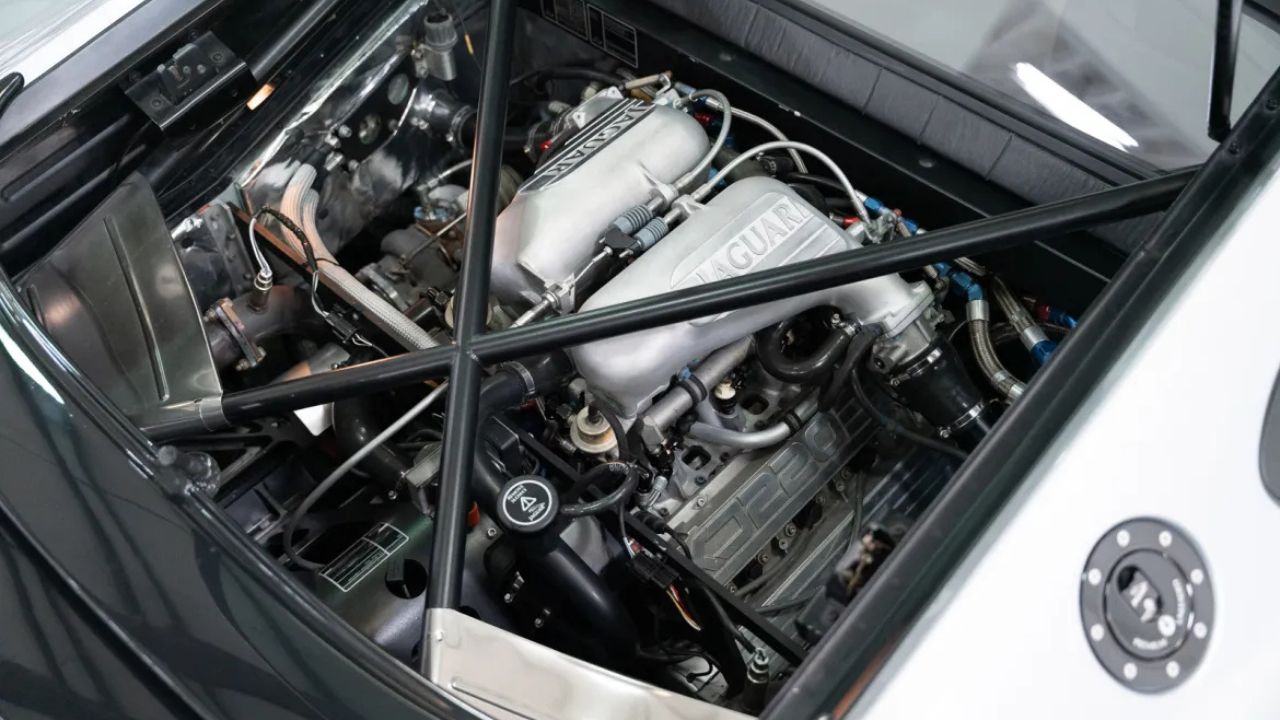
Jaguar promised buyers a V12. What they got instead was a twin-turbocharged 3.5L V6—lifted from the Jaguar-TWR XJR-11 race car. On paper, it was a smart move: lighter, more compact, and rooted in motorsport. But that didn’t stop customers from canceling orders when they found out the V12 was off the table. The switch sparked a backlash that haunted Jaguar for years.
Despite the noise, the V6 wasn’t some slapdash solution. It made 542 horsepower and could push the XJ220 past 212 mph. It may not have had twelve cylinders, but it sure didn’t lack guts.
World’s Fastest—For a Moment
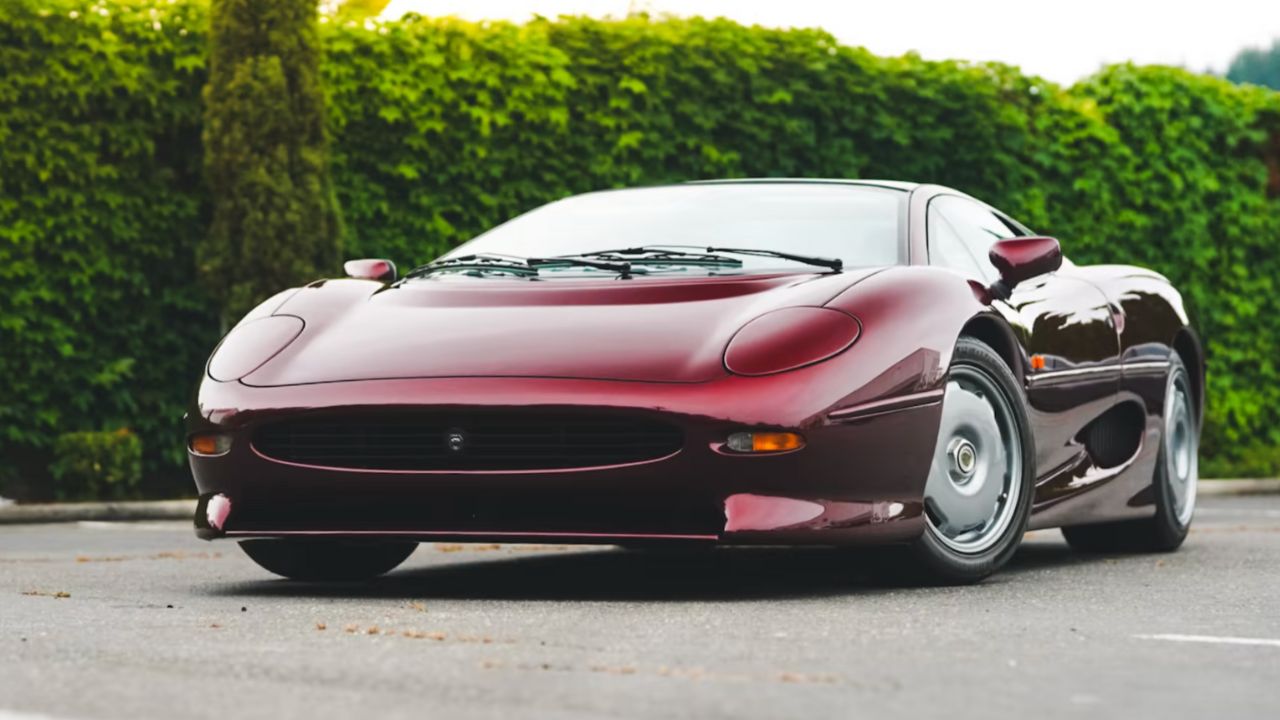
In 1992, the XJ220 officially became the fastest production car on the planet, clocking 217.1 mph at Nardo. That record came without a speed limiter, and with the catalytic converters removed, but it still counted. Jaguar had claimed the crown, if only briefly.
The timing was brutal. The McLaren F1 came along not long after and smashed the record. But for that brief window, Jaguar had reached the top. Not bad for a company better known for sedans and grand tourers.
It Was Lower Than a Miata
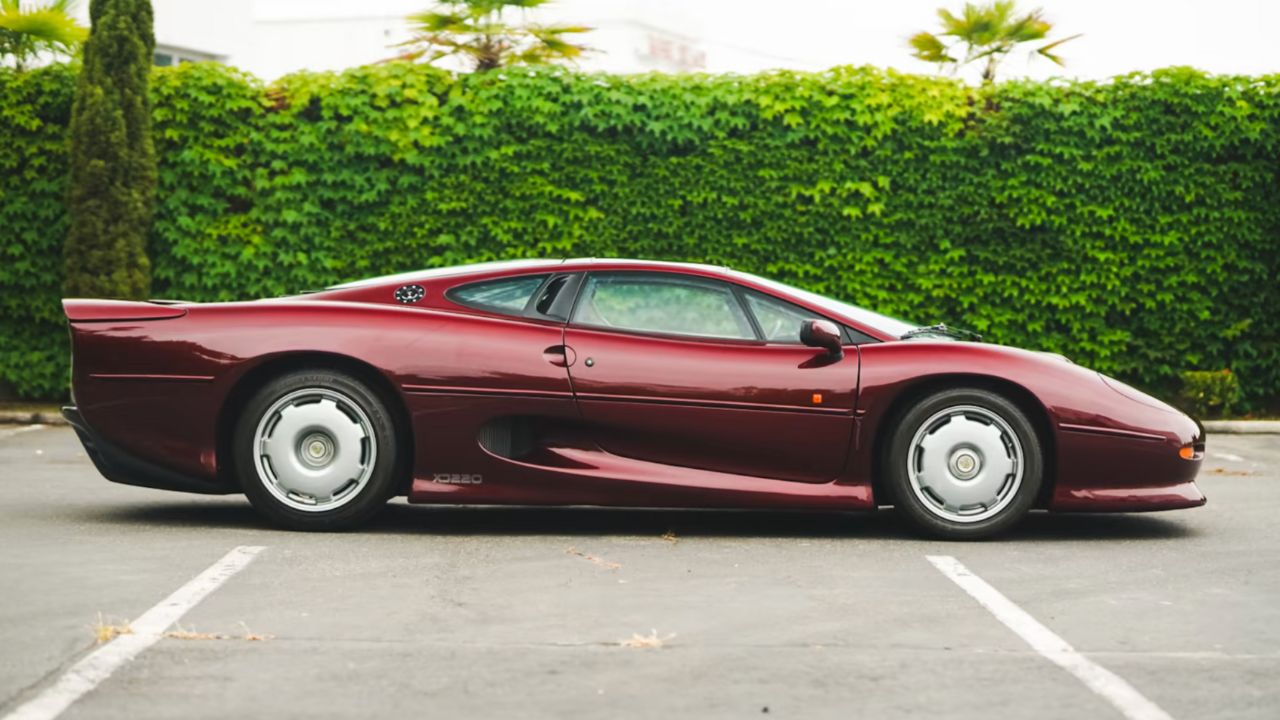
One of the first things that hits you about the XJ220 is just how long and low it sits. The car measures over 194 inches bumper to bumper, but only 45 inches tall—lower than a Miata. That gave it a sleek, stretched stance, and it looked like it was built to tear up Le Mans.
This wasn’t just for show. The car’s shape was honed in a wind tunnel, achieving a drag coefficient of just 0.36. Every inch served a purpose, from the rear ducts to the subtle integrated spoiler. Jaguar wasn’t just playing around with style—they were chasing speed.
Built by TWR in Oxfordshire
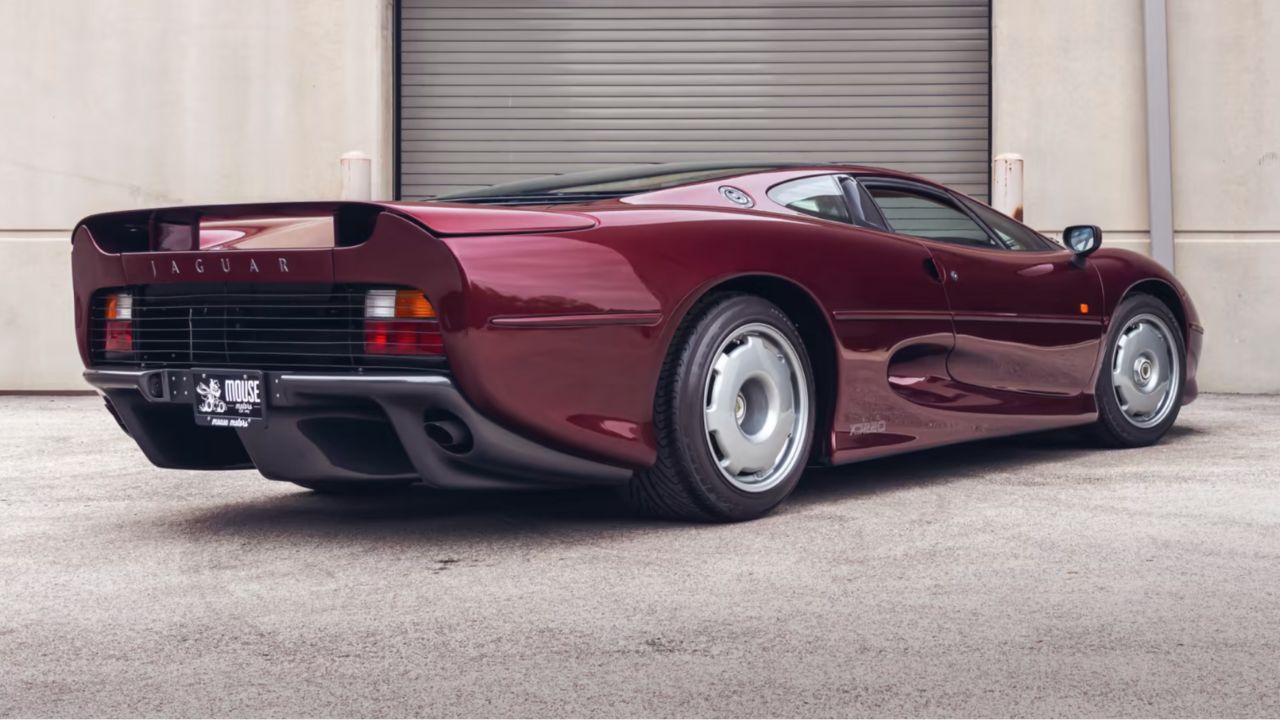
While it wore the Jaguar badge, the XJ220 wasn’t built in Coventry. Instead, it was hand-assembled by Tom Walkinshaw Racing (TWR) in Bloxham, Oxfordshire. This was the same group responsible for Jaguar’s success in Group C endurance racing.
Each car was essentially made to order, with just 282 units ever completed. The process was more motorsport than mass production, and it shows. Tolerances were tight, fit and finish were solid, and the build quality felt closer to a race car than a showroom cruiser.
Suspension Tuned for High-Speed Stability

Underneath, the XJ220 featured double wishbone suspension at all four corners, paired with Bilstein dampers. The setup was stiff, no doubt about it, but it made sense for the speeds this thing could hit. It was planted, not floaty, even well into triple digits.
Still, the ride wasn’t exactly forgiving on rough roads. It was designed for the autobahn and track, not backroads full of potholes. You had to drive it with commitment, but when you did, the chassis responded like something purpose-built for endurance racing.
The Interior Felt More XK Than XJR
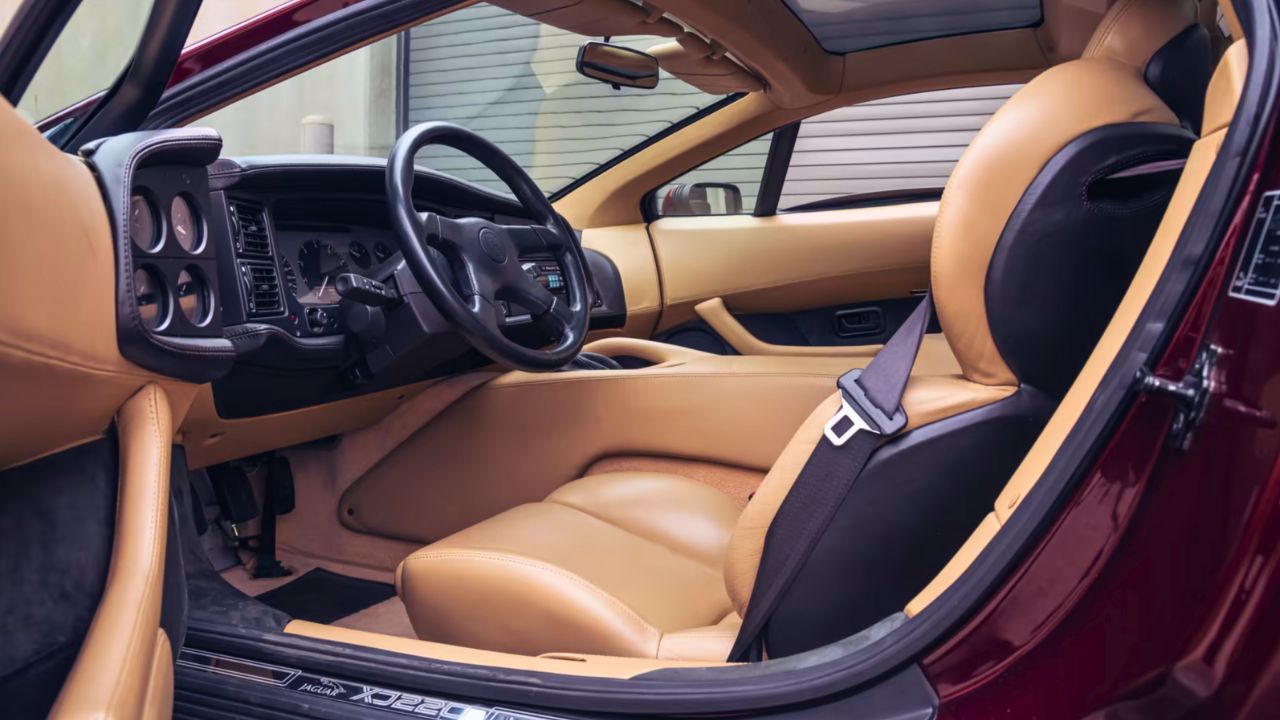
Step inside the XJ220 and you’re greeted with a mix of luxury and race-bred minimalism. The leather seats were wide and supportive, but the cabin was surprisingly sparse—more functional than fancy. Most of the switchgear was borrowed from other Jaguar models, including the steering wheel.
That said, visibility was solid for a supercar, and the overall driving position was comfortable once you were in. Getting in, though, was a bit of a squeeze. The wide sills and low roofline made it clear: this wasn’t your usual Jag.
Price Shock and Buyer’s Remorse
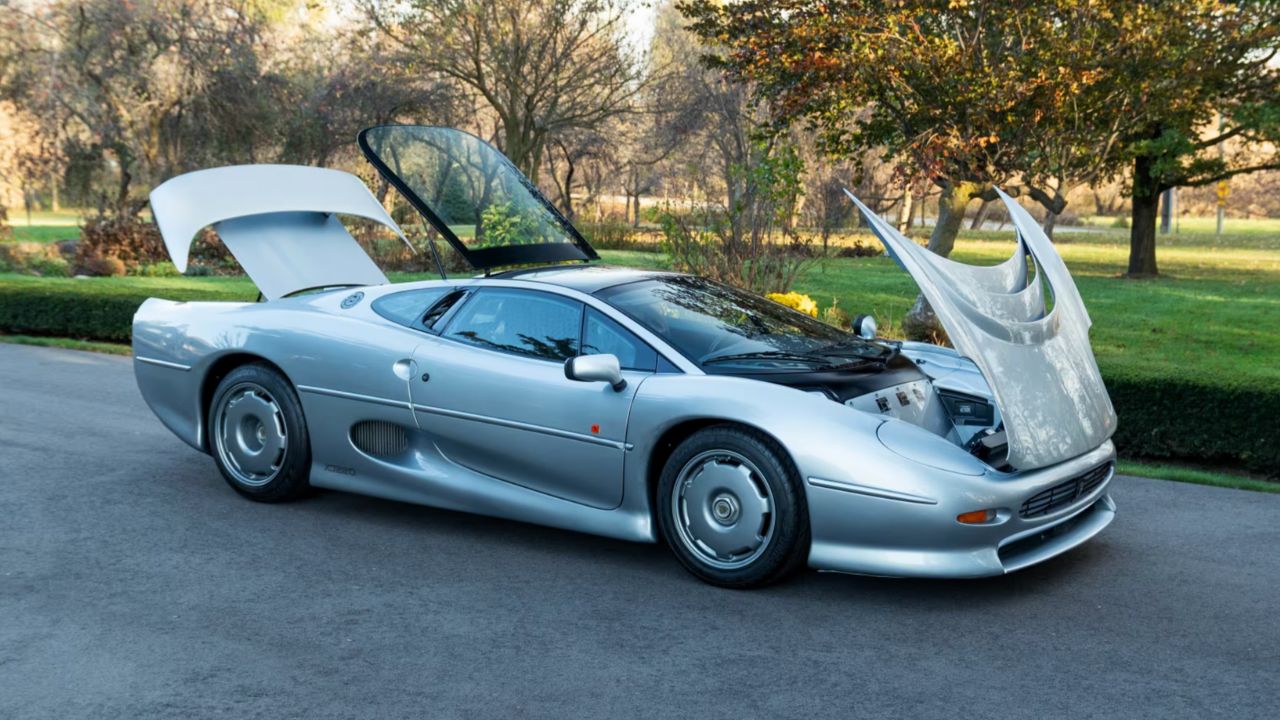
At launch, the XJ220 carried a sticker price of £470,000—roughly $650,000 at the time. That was a hard pill to swallow during the early ’90s recession. Many buyers backed out, some even sued Jaguar after learning about the V6 engine substitution.
The result? Cars sat unsold for years. Prices plummeted. You could pick one up for pennies on the dollar by the early 2000s. Ironically, that downturn helped make the car even rarer—many were barely driven, and today, low-mileage examples are collector gold.
A Race Car That Never Got Its Shot
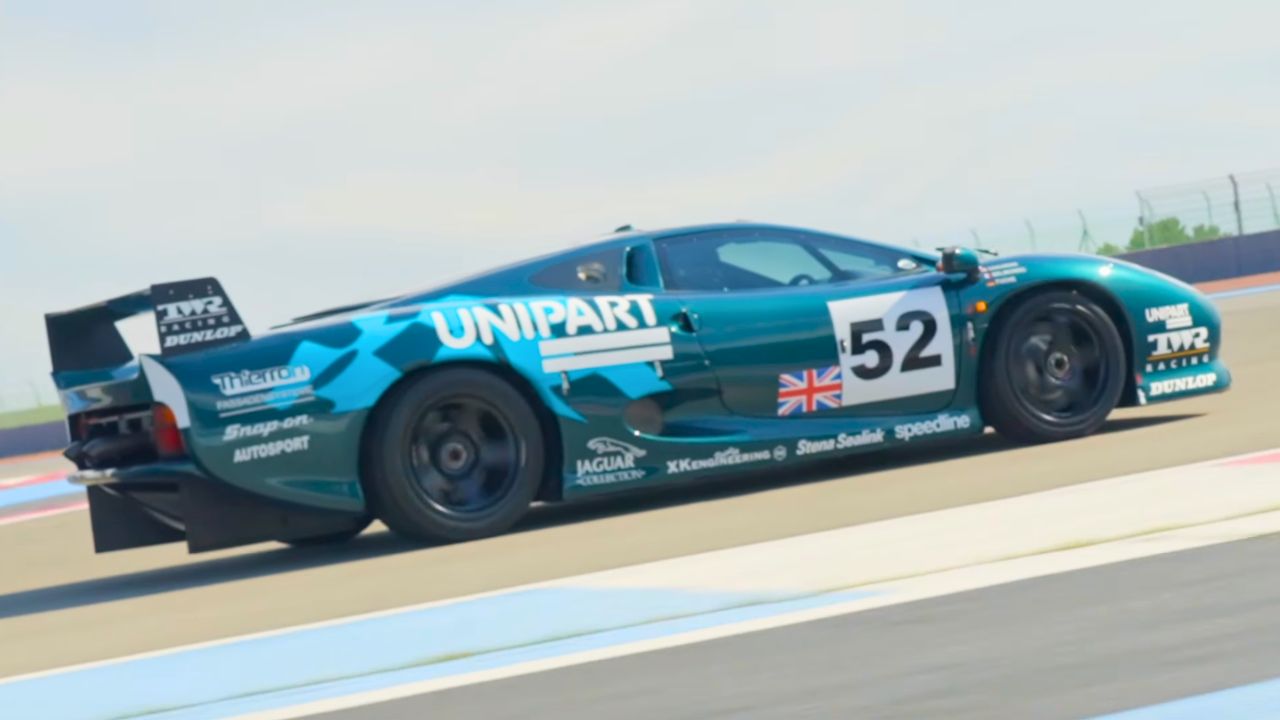
Jaguar had big plans for the XJ220C, a competition version prepped for Le Mans. It even managed a class win at the 1993 race—but was later disqualified over a technicality involving the catalytic converters.
The whole saga was frustrating. The car showed real pace and handled well under pressure, but politics and paperwork got in the way. In another world, the XJ220C might’ve had a longer racing career. Instead, it became just another “what could’ve been” story in Jaguar’s long history.
Today, It’s Finally Getting Respect
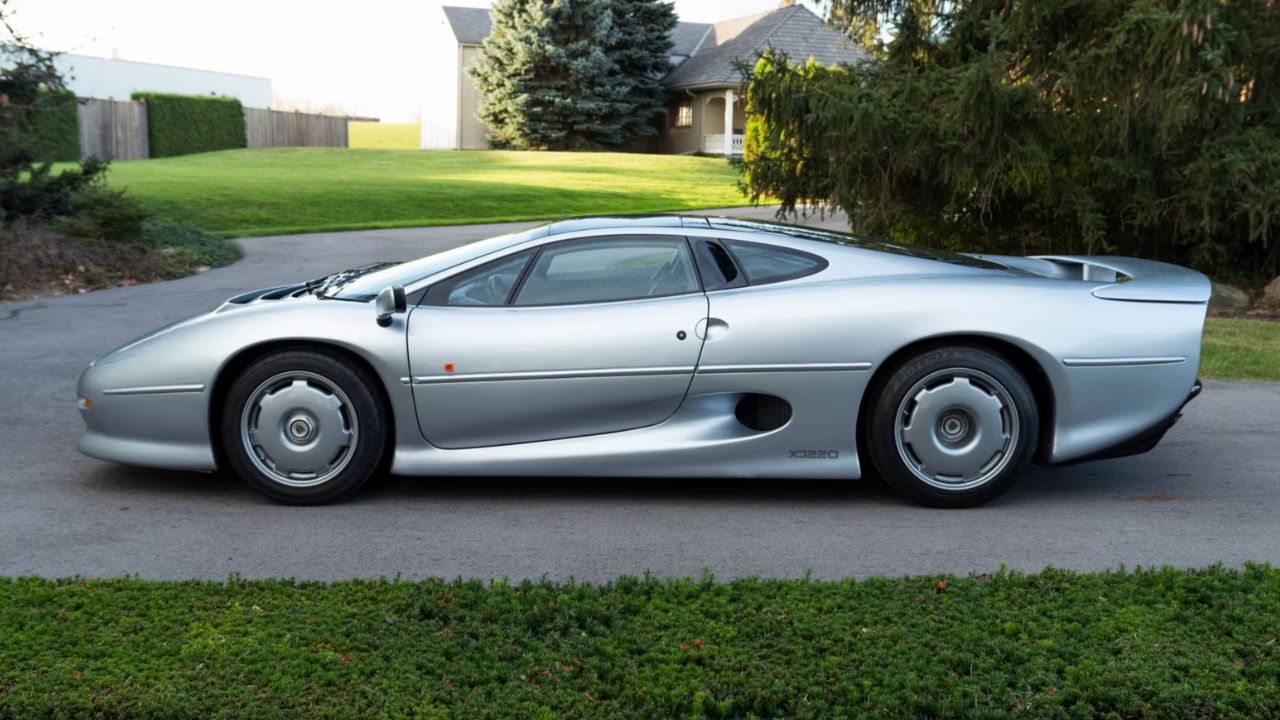
For a long time, the XJ220 felt like a punchline—too expensive, underappreciated, and stuck with a bad rep over engine swaps and unmet promises. But time’s been kind to it. These days, collectors are finally waking up to just how rare and capable it really was.
Prices have rebounded, and the car is earning recognition for what it did right—not what it didn’t deliver. It may have missed the mark when it launched, but today, it’s one of the most fascinating chapters in Jaguar’s high-performance story.
Like what you read? Here’s more by us:
*Created with AI assistance and editor review.

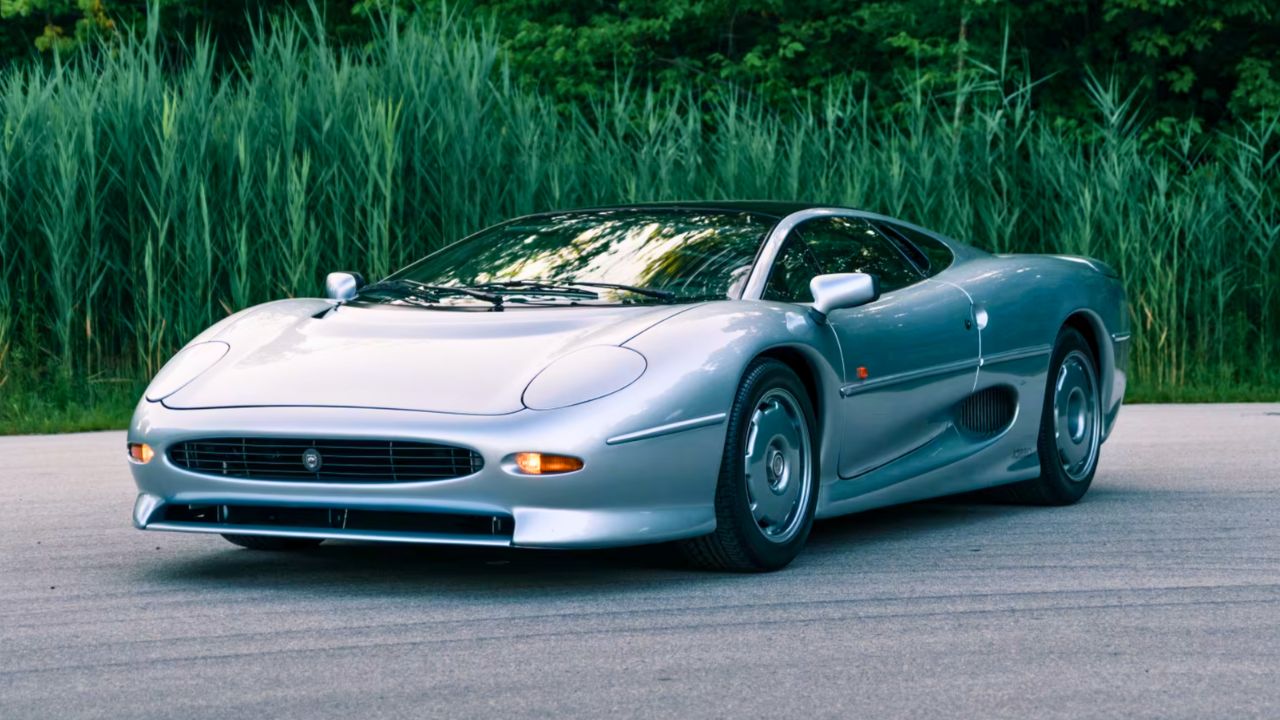

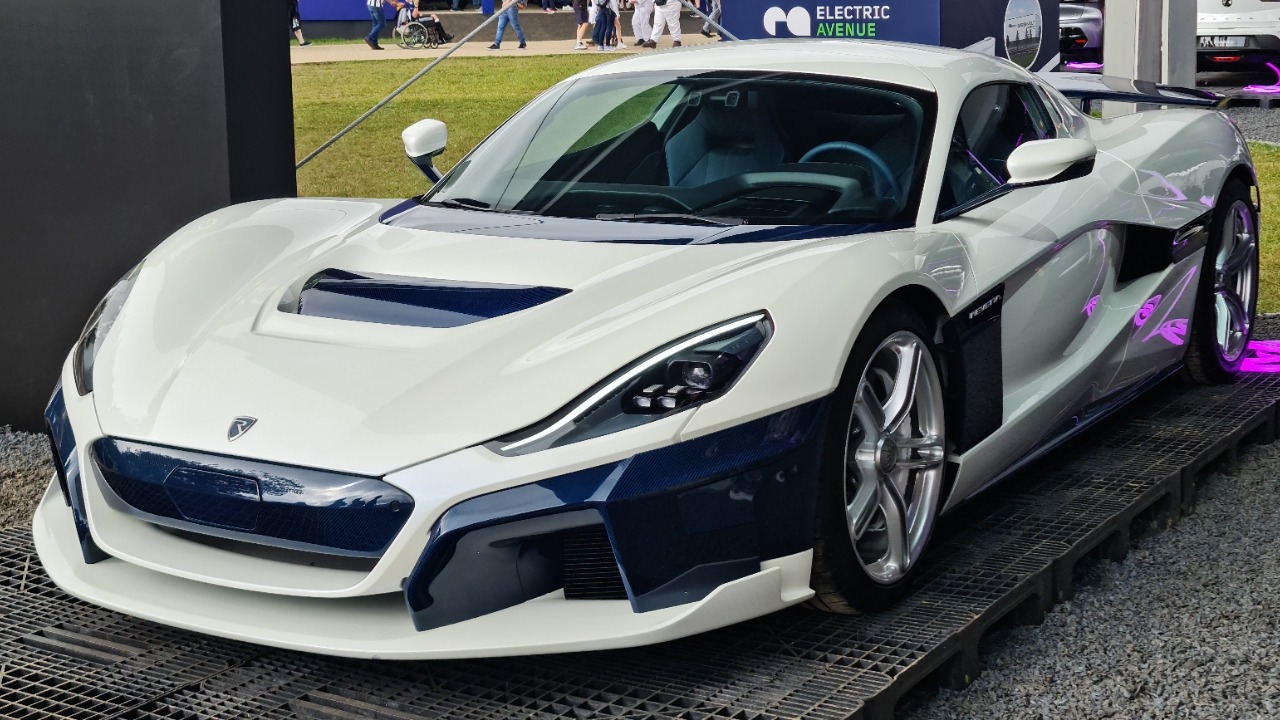
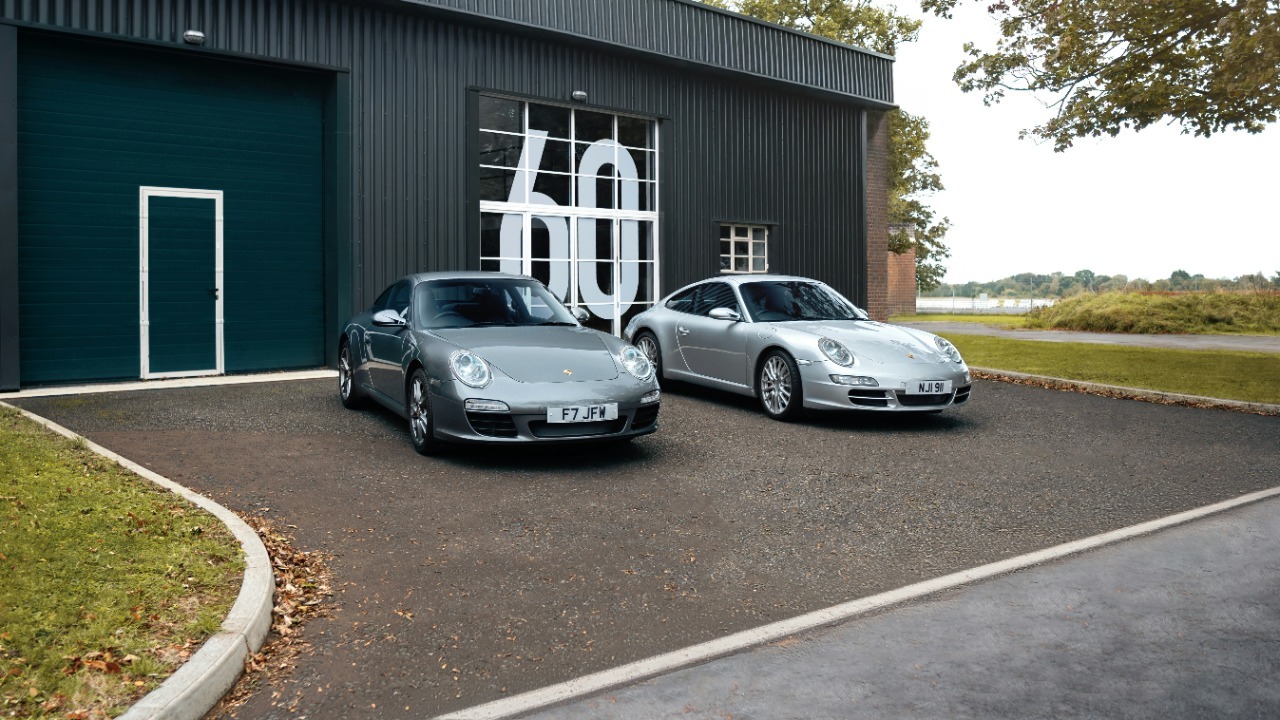


Leave a Reply